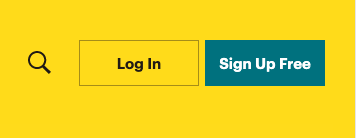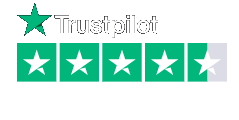What is a call-to-action?
A call-to-action is simply what triggers your lead to take action.
Call-to-actions are typically a bold, hard-to-miss, button used to encourage a reaction immediately from you leads and prospects and can be used on landing pages, emails and blog posts.
Without a powerful call-to-action there is nothing pushing your lead to convert, and they won’t know what the next step in their journey is.
The action you want your lead to take could be anything from downloading your new ebook to visiting your website or even just calling to book an appointment.
Here’s some examples
Call-to-actions should really be as simple and clear as possible. Tell people what you want them to do, and what they will get for doing it.
HubSpot’s YouTube subscribe button is a great example. There are a few things going on here:
- It’s a clear action, you are subscribing to the channel because you want to see more of their content in the future.
- It has social proof baked in to the button itself. It says, “Subscribe to this channel, and join 71,000 other people. They can’t all be wrong can they?”
- It’s bold, and hard to miss. Simply because it’s a red button in a mostly black and white interface, it really stands out. It attracts attention.
Here’s an example of an email we sent to our newsletter subscribers, and how we used our call-to-actions to create their journey.
For this email in particular we were promoting our new blog “You can't have successful lead generation without high converting landing pages: Here's why.” which you can read here. The aim for this call-to-action was purely to get the recipient of the email to click through and read the blog hence the ‘Read now!’. We know that the leads will only click through to the blog obviously if they are interested in the topic.
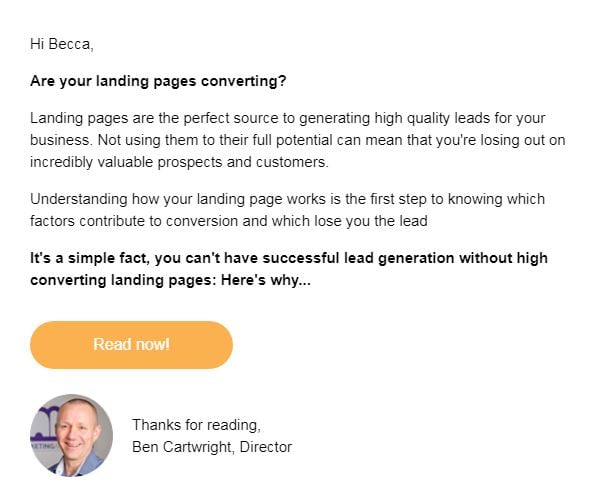
Once the recipient clicks through to the blog we have another call-to-action at the bottom. This one is for free downloadable content of a business growth ebook. This gives your lead opportunity to gain more information on the wider topic.
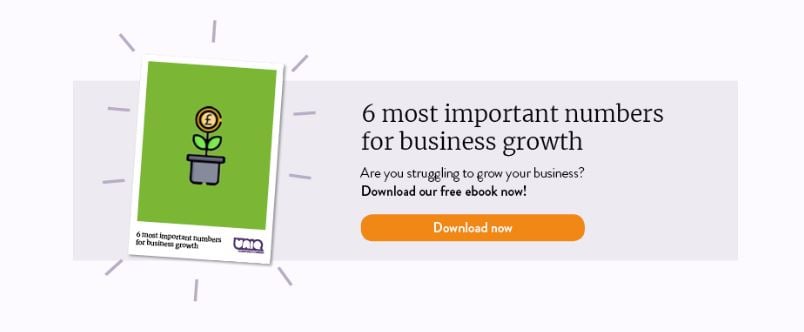
This call-to-action then takes you to our business growth ebook landing page. Which is the final step before we would ask for your information for the download. The purpose of this step is really just to provide some extra information about the ebook and direct you to our form.
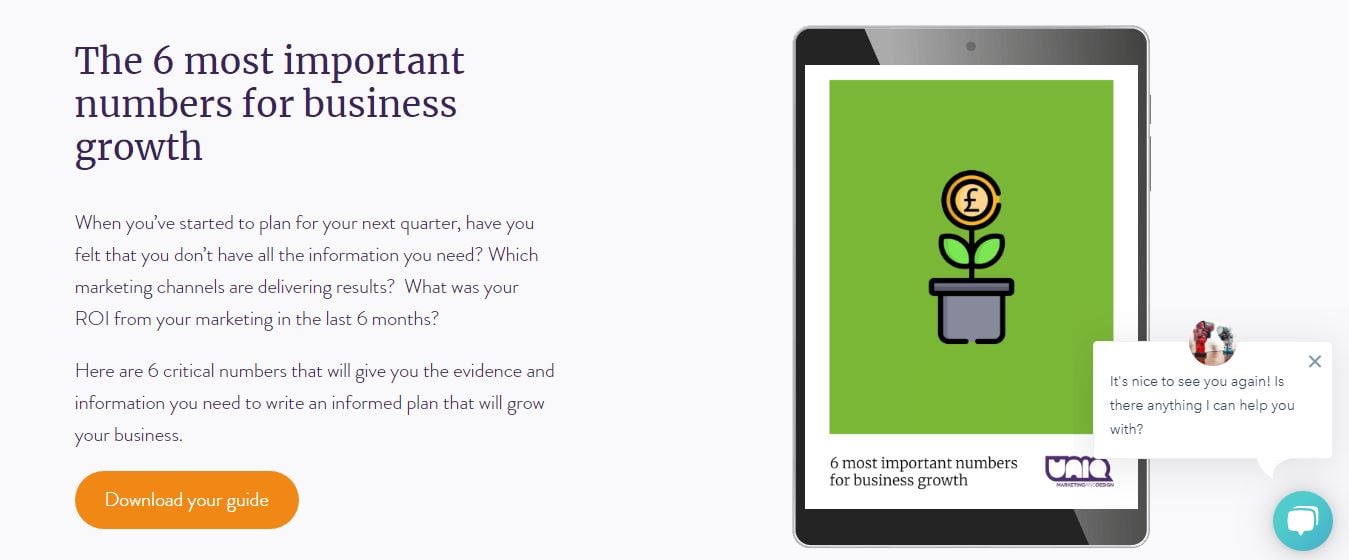
Here we have our form. Forms can be a bit tricky. You really have to know what point in the buyer journey your contacts are at, and know clearly what information you need from them to qualify them for your sales team.
This form in particular only asks for an email address and company name, because it’s pretty high up in the sales funnel. At this point we are only trying to deliver tangible value to our contacts, not sell to them.
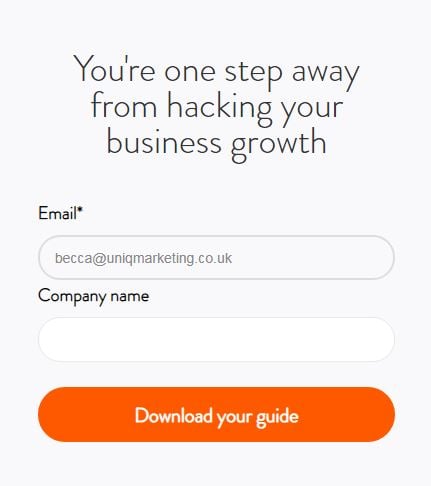
Top Tips
A few tips to bear in mind when trying to get the most out of your call-to-actions:
A/B Testing
A/B testing is a great way of being able to try out your call-to-actions efficiently. If you can’t decide which call-to-action you think will provide better results, A/B testing allows you to try both at the same time.
For example, when A/B testing an email you can send the exact same email, with the exception of the two different call-to-actions to half of your email list each. Half get call-to-action A and half get call-to-action B. You’ll be able to measure which call-to-action works better by the number of clicks each half received, the one with the most is the better performing call-to-action.
Smart Call-to-actions
Smart call-to-actions are used so your leads that are in different areas of the buyer's journey receive different call-to-actions accordingly. For example in some of our blogs we have a call-to-action for a connect call where you can book a slot to speak with Ruth about your business strategy. This is for qualified leads.
However, if you’re new to us and in the awareness stage, you’ll see a call-to-action for a profitability calculator which will give you small changes you can use to increase your business’s profitability.
Use strong, commanding language
Don’t be afraid to tell people what to do. If you decide to use softer, less direct language you run the risk of making the call to action unclear to your audience, and lowering your click rate.
Examples:
- BUY now
- SUBSCRIBE
- DOWNLOAD your guide
- READ it now
Try to avoid multiple call-to-actions
You know that feeling when you walk into a new coffee shop, you get to the front of the queue, and suddenly you’re expected to choose from 34 different flavours of latte?
Don’t do that. Avoid overwhelming people with options.
Give people one, two at a push, options to choose from. If you must have multiple call to actions, make sure you pick a primary action, and make that more visually prominent.
For example, have a look at how MailChimp prioritises new users who don't know where to go next:
